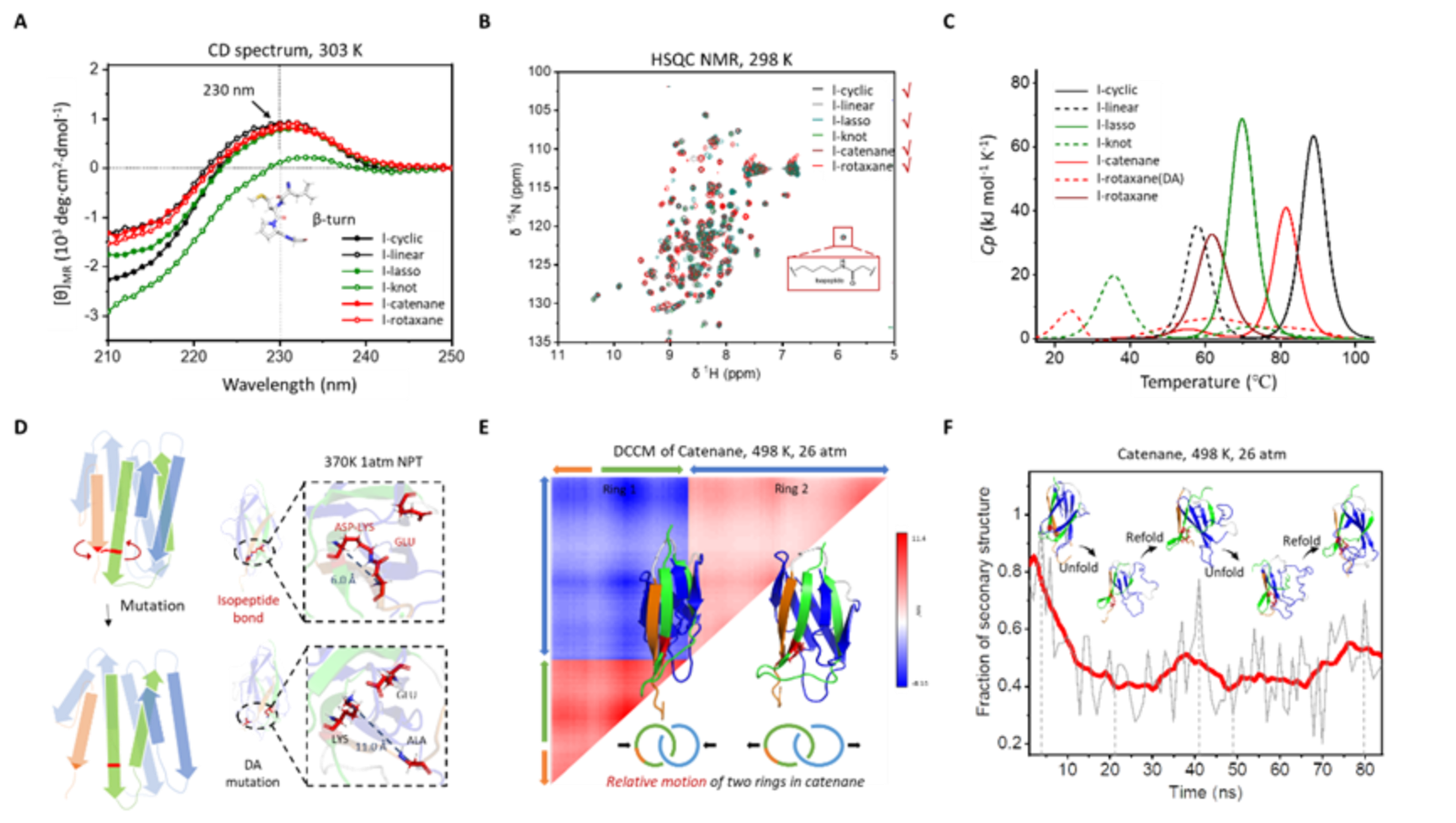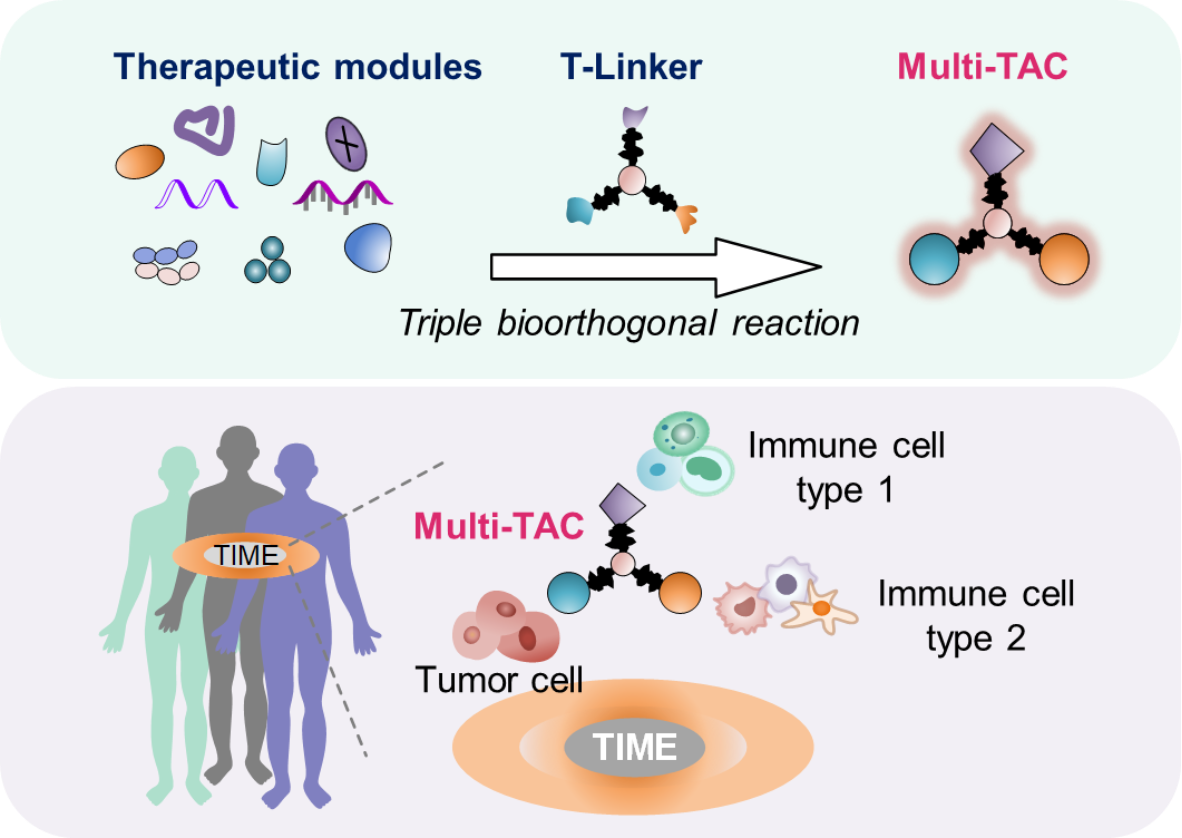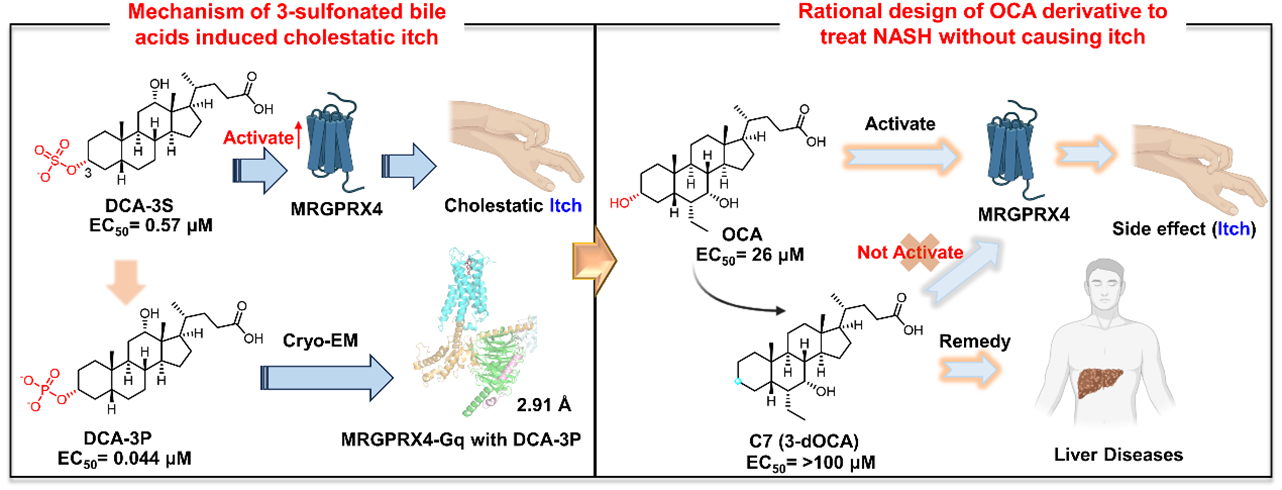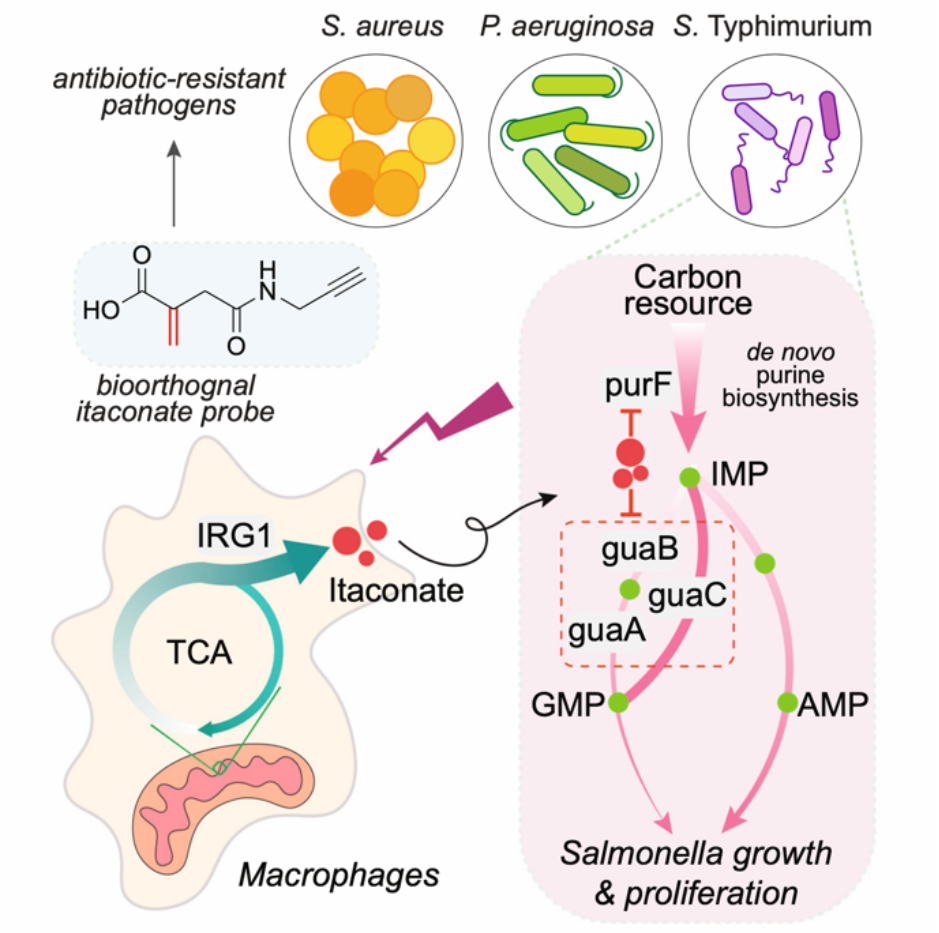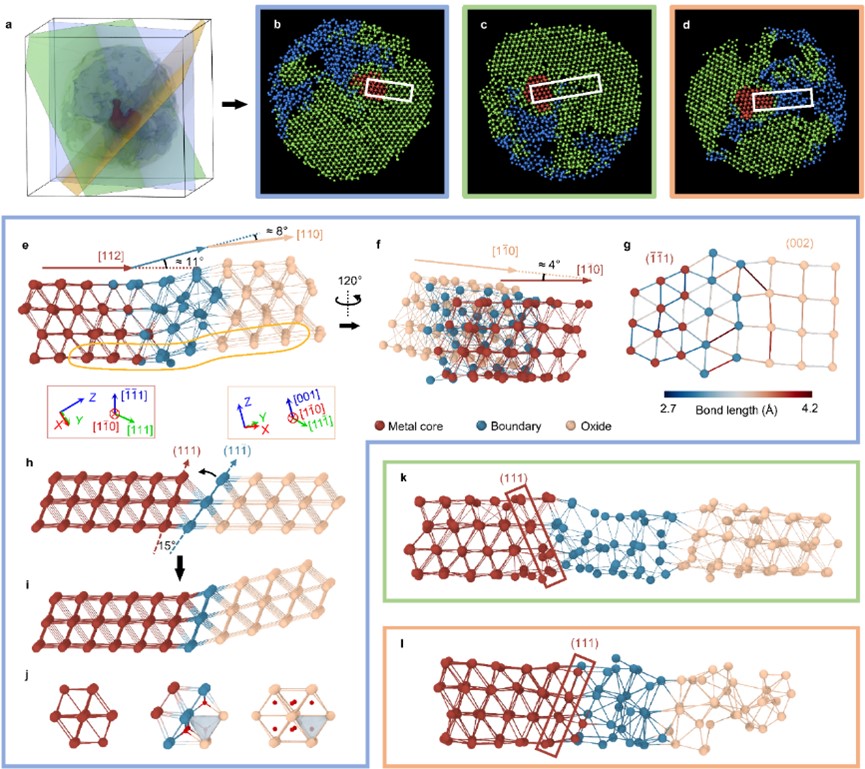伊人直播
Conjugated polymers are increasingly popular in low-cost, flexible, and large-area electronic applications due to their solution processability, great mechanical properties, and programmable electronic properties. Moreover, they show excellent performance in energy conversion, biosensors, and biomedical applications. Solution-processable conjugated polymers typically consist of rigid conjugated backbones and flexible saturated side chains. These two components, with very different structures and properties, combine to form a range of conjugated polymers with state-of-the-art performance. The conjugated backbone is responsible for transporting charge carriers, while the side chains were originally introduced to enhance solubility in organic solvents during solution processing.
However, due to the huge differences in physical and chemical properties, especially in packing distance and modes, different crystallization behaviors of backbones and side chains make them difficult to co-crystallize but rather restrict each other. There’s no concept to describe (1) how conjugated backbones are linked to side chains; (2) how this linker between conjugated backbone and side chain affects polymer crystallization and thus charge transport. Therefore, Jian Pei group proposed a concept, named here as the buffer chain model, to describe this critical part between conjugated backbone and side chain (Figure). In this model, the backbones and side chains are linked by a buffer chain, which allows them to crystallize separately to form ordered stacking. The buffer chain acts as a soft rope, mitigating this mutual restriction and providing a free enough environment (that is the concept of buffer chain) to form ordered π−π stacking of conjugated backbones for charge transporting channels. Thus, for strongly crystalline polymers, especially those with long alkyl chains, longer buffer chains are required to support the formation of ordered molecular packing and microstructures.

Concept of buffer chain model for understanding competitive interactions between conjugated backbone and side chains in conjugated polymers
To verify the concept of the buffer chains on the crystallization behavior of conjugated polymers, herein, three conjugated polymers based on thiophene-fused benzodifurandione-based oligo(p-phenylenevinylene) (TBDOPV) are developed, named as TBDOPV-2T-118, TBDOPV-2T-318, and TBDOPV-2T-518. These three polymers have the same semicrystalline conjugated backbone and three different buffer chains of ethylene, butylene, and hexylene groups to connect the backbones and two octadecyl chains. Based on our experimental and simulation results, Jian Pei group observed that as the length of buffer chains increases, TBDOPV-2T-518 exhibits the highest degree of backbone planarity and the strongest π−π stacking between the backbones among these three polymers. These properties render TBDOPV-2T-518 highly conductive and enhance its thermoelectric performance upon molecular doping, with improvements reaching several dozentimes. This work provides a novel concept for designing conjugated polymers towards ordered organization and enhanced electronic properties and highlight the importance of balancing the competitive interactions among different parts of conjugated polymers.
This work was recently published in Angewandte Chemie International Edition and was supported by National Natural Science Foundation of China (21790360, 21722201, 21925102, 22174006), Beijing Outstanding Young Scientist Program (BJJWZYJH01201910001001), Beijing National Laboratory for Molecular Sciences.
Link to this work:
Zi-Di Yu, Yang Lu, Ze-Fan Yao, Hao-Tian Wu, Zi-Yuan Wang, Chen-Kai Pan, Jie-Yu Wang, Jian Pei, Buffer Chain Model for Understanding Crystallization Competition in Conjugated Polymers, Angew. Chem. Int. Ed., 2024, DOI: 10.1002/anie.202405139
//onlinelibrary.wiley.com/doi/10.1002/anie.202405139

